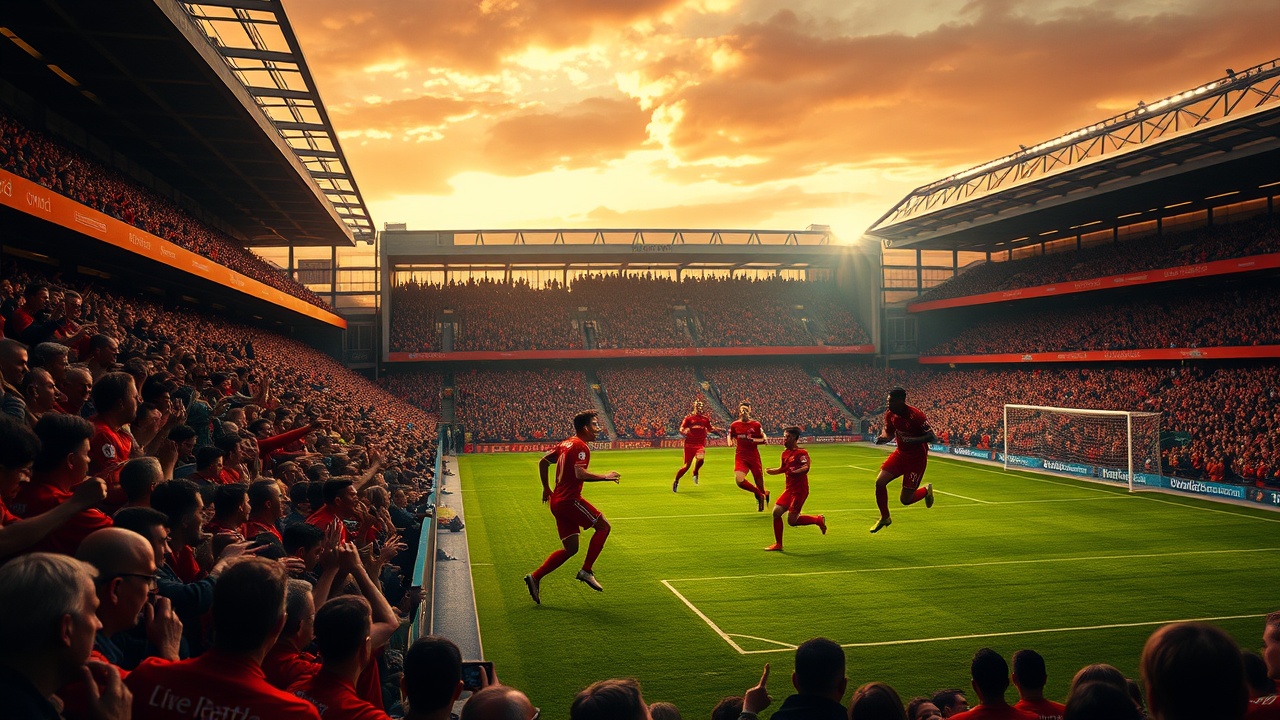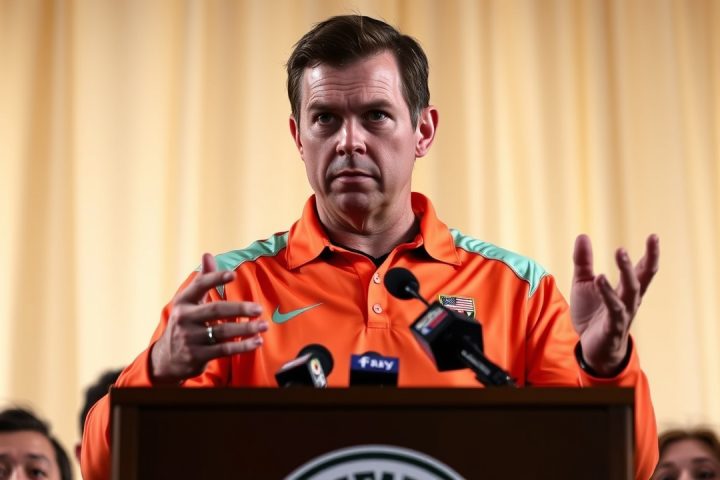Liverpool’s Premier League Campaign: A Season of Change
As Liverpool began the new Premier League campaign, many considered them among the frontrunners. However, the uncertainty surrounding the team was palpable before the season kicked off. The tragic passing of Diogo Jota undoubtedly left an emotional void within the squad, creating challenges that transcended the usual sporting troubles.
High-Profile Departures
Compounding these issues were several high-profile departures. Liverpool saw key players such as Trent Alexander-Arnold, widely regarded as one of the finest passers in football history, move to Real Madrid. Luis Díaz‘s vibrant playing style was lost as he transitioned to Bayern Munich, while Darwin Núñez took his unpredictable talents to Saudi Arabia. Adding to the upheaval were the exits of dependable substitutes, including Harvey Elliott, Kostas Tsimikas, Jarell Quansah, and Caoimhín Kelleher, who all found new clubs.
Major Acquisitions
In terms of reinforcements, Liverpool made some major acquisitions, shattering the Premier League transfer record on two occasions: first with the signing of Florian Wirtz and then with Alexander Isak. Additionally, they brought in emerging stars like Hugo Ekitike, and young full-backs Jeremie Frimpong and Milos Kerkez. A promising center-back from Parma, Giovanni Leoni, was also signed to bolster the defense. Giorgi Mamardashvili completed their new-look squad after spending the previous year on loan at Valencia.
Performance Analysis
Despite operating on the fringes of their past success—which included winning the Premier League and reaching the Champions League final—the sudden influx of new players raised questions about squad cohesion and effectiveness. Initial performances gave fans reason to cheer, as Liverpool secured five consecutive wins, taking a five-point lead at the top of the table, an impressive start in Premier League history. However, a shocking turnaround ensued with four consecutive losses, marking the team’s first such streak in four years, shoving them seven points behind league leaders Arsenal.
In a surprising twist, Liverpool regained their footing, delivering standout performances with victories over Aston Villa and a commanding win against Real Madrid. The impact of new signings began to reveal itself. Analyzing the team’s adjusted goal difference—a combination of expected goals (xG) and actual goals—showed Liverpool in a competitive group alongside top teams like Crystal Palace and Chelsea.
In terms of scoring, Liverpool’s adjusted goals showed a decline from 2.22 last season to 1.75 this season, while goals conceded increased slightly from 1.04 to 1.29. If we exclude the final matches from last season, when vacations overshadowed training, the rate drops even lower to 0.88, highlighting an ongoing struggle.
Challenges Ahead
The nature of Liverpool’s defeats cannot be overlooked. They faced a challenging fixture list, having already competed against eight of the twelve strongest Premier League teams. However, the discrepancies in their performance from last season are significant, indicating a considerable drop in form on both offense and defense.
Personnel changes, too, have played a crucial role. Star players who left the team, such as Alexander-Arnold and Díaz, accounted for substantial playing time last season. Those stepping in—like Kerkez and Wirtz—have yet to fully match the quality of their predecessors, which has impacted Liverpool’s overall strategy and performance.
Changes in existing squad members have also contributed to Liverpool’s complex situation. Cody Gakpo, featuring prominently this season, has increased his playing time significantly, while others like Andrew Robertson have seen their roles diminish considerably. Furthermore, midfield players such as Ryan Gravenberch and Curtis Jones are experiencing reduced involvement compared to last season, making the team less balanced.
Looking Forward
The recent matches, particularly against Real Madrid, offered a glimpse of potential progress. Liverpool revived elements of their past tactics, incorporating a more stable midfield formation featuring Gravenberch, Mac Allister, and Szoboszlai, who collectively enhance defensive robustness while maintaining offensive creativity. With solid performances from both the midfielders and defenders, the team appears to have adjusted effectively to the new strategies under coach Arne Slot.
While the recent results suggest recovery, challenges remain. The upcoming fixtures will further reveal if Liverpool can stabilize their form or if they will falter again against stronger opponents. Ultimately, the club’s historical heavyweights, Salah and Van Dijk, still stand at the forefront, indicating an ongoing journey for Liverpool to blend the new talents into a cohesive unit capable of mounting a significant challenge this season.




